
Naturalist Notes -Dan’s Blog
You may already have some resolutions for the New Year. But if one of them is to get more connected to nature, and you're looking for tried and tested ways to do this and for ways to make sure you actually achieve your goals, then read on . . .
It was like an early Christmas present; I had been wanting to see this bird for a long time. But seeing it in the Highlands (extremely unusual) right below my feeding station in Rafford . . . what are the chances of that?
Thirty years is a fair chunk of time in a human life but a blink of an eye to a wild forest. I had the good fortune to be able to see the result of three decades of woodland recovery at a site in beautiful Glen Affric. September 14th 2020 marked the 30th anniversary of the first major project initiated by conservation charity Trees for Life. I accompanied fellow conservationist and rewilder Alan Watson Featherstone to document the changes we’ve seen over the years.
We humans have been foragers for the majority of our time here on Earth. The eyes you are reading this with are forager’s eyes. Most humans can see reds and greens a lot better than many other mammals. Why? …
Most of us would probably prefer to some spend time in a leafy setting than in an artificial one. Green spaces are definitely good for us. But what if you’re self-isolating in a block of flats in the city, and can’t go out? …
Many people are missing nature right now. Maybe you’ve had to cancel a holiday, or you just can’t visit a favourite patch of woods because it’s too far away. If you’re going a bit lockdown stir-crazy, it’s time to zoom in on the nature on your doorstep. There are some incredible, wild interactions going on right under our noses, in rural and urban areas. Here are a few tips to get you going . . .
Take a deep breath; we are in orbit. I like to remind myself of this from time to time. The planet continues to spin serenely around our nearest star, which is one of billions in the Milky Way galaxy …
“Look, a beaver stick!” I said to my friend as we wandered around the loch. It was quite arty-looking, with neat stripes where the rodent had gnawed off the nutritious inner bark from the stem with its orange, iron-rich incisors. I picked it up and happily carried around my prize for the rest of our walk in much the same way a three-year old might …
Tardigrades are hard as nails. Not that they’d start a pub brawl or anything like that; they are just ridiculously, unassumingly tough …
The moon holds some useful tracking lessons. Neil Armstrong and Buzz Aldrin's footprints are still up there in pristine condition, forty years after they were made; and with no wind or rain to disturb them they could be there for another million or more years. At the other end of the spectrum, tracking in earthly sand dunes on a warm, windy day poses a different kind of challenge as newly formed tracks vanish before your eyes. The same can be said for tracking in a blizzard.
In Britain we should be proud to host some of the oldest living things on the planet. Trees. Old, gnarly, veteran trees. Trees that may have been around when wolves and lynx still roamed our island and have survived while everything else around them changed.
I woke up in the Wee Bunkhouse, my legs feeling the workout from the previous day's eleven hour hillwalk (See 'Mountain Wildlife'). It was birthday, and I was looking forward to continuing our April wildlife adventure. We ambled along the shore of Loch Duich in light rain, checking out seaweeds, enjoying the common sandpipers and other birds and keeping a watchful eye out for otters.
We camped on the shores of Loch Cluanie, and before I had even left the tent in the morning I heard the 'swoosh swoosh swoosh' of a raven's wings flying low overhead. We recently went away for my birthday weekend. The weather was clear and stable, so we seized the opportunity to walk the Five Sisters of Kintail. I was keen to get back into the hills, and in particular I was hoping to see wildlife - and lots of it.
The last post reminded me of an otter encounter earlier last year. I was exploring an area of fields and wetland near Forres in Moray. As I looked across a field with a powerful south-westerly in my face, I heard a faint 'plop' from a drainage ditch just behind me. "Water vole?", I thought - it's a sound they often make when dropping into the water.
There's something thrilling (and difficult to describe) about simply being in a landscape where wolf and lynx roam. The chances of an encounter are slim, yet even finding their tracks had us buzzing with excitement.
As the train pulled into a station, somewhere in western Slovakia, the movement of pigeons caught my eye. It wasn't the normal take-off of a flock of pigeons; there was a quickness, a deadly urgency in the way they flew. They were clearly keen to make a quick exit.
It’s hard to resist a good bridge – they’re brilliant places for finding signs of otters. Sometimes footprints are visible but more often you’ll see spraint, as otter scat is known. These deposits are uniquely scented and are often compared to jasmine tea, which is a pretty accurate description may (be warned, if you get into otter tracking there come a day when you start thinking “Mmmm, this jasmine tea smells like otter spraint”).
Seeing rare things is exciting. Something about rarity quickens our sense of appreciation, our awareness of the specialness of a thing, a bird, a plant or whatever. It’s a real privilege to experience the glimpse of a goshawk, the scent of an orchid, the lithe form of a pine marten…
“Hairs. Real lynx hairs!” I said to myself. This was getting exciting. There, on the corner of a neatly stacked woodpile were a few pale, fine hairs about 70 cm. above the ground. And then, remembering what I’d been told about the lynx’s territorial habits, I bent over for a sniff – and nearly fell over. There it was: the unmistakable, eye-watering-but-not-unpleasant, smell of cat urine (some of my friends think I’m strange). The cat in this case being 20 odd kilograms of pale-eyed, tufty-eared, side-burned and altogether alluring lynx. I was thrilled. This was the closest I’d ever come to seeing one in the wild.
We might as well have been searching for ghosts. Lynx are so elusive that I knew the chances of seeing one were remote, even when walking through their domain of Norway spruce, larch and beech. But not to see even a trace was uncanny, and elevated their status in my mind as the coolest cat around.
I was woken by howling below my bedroom window, instantly transporting me from fully asleep to fully awake. All senses primed, the realisation soon came that this was not a wolf, but a Malamute, the husky-like dog owned by my hosts, and one which was used for tracking wolves in the winter. It seemed to prefer this ancestral form of communication to barking!

AUTHOR DAN PUPLETT
naturalist, conservationist and environmental educator.
Learn more about Dan →








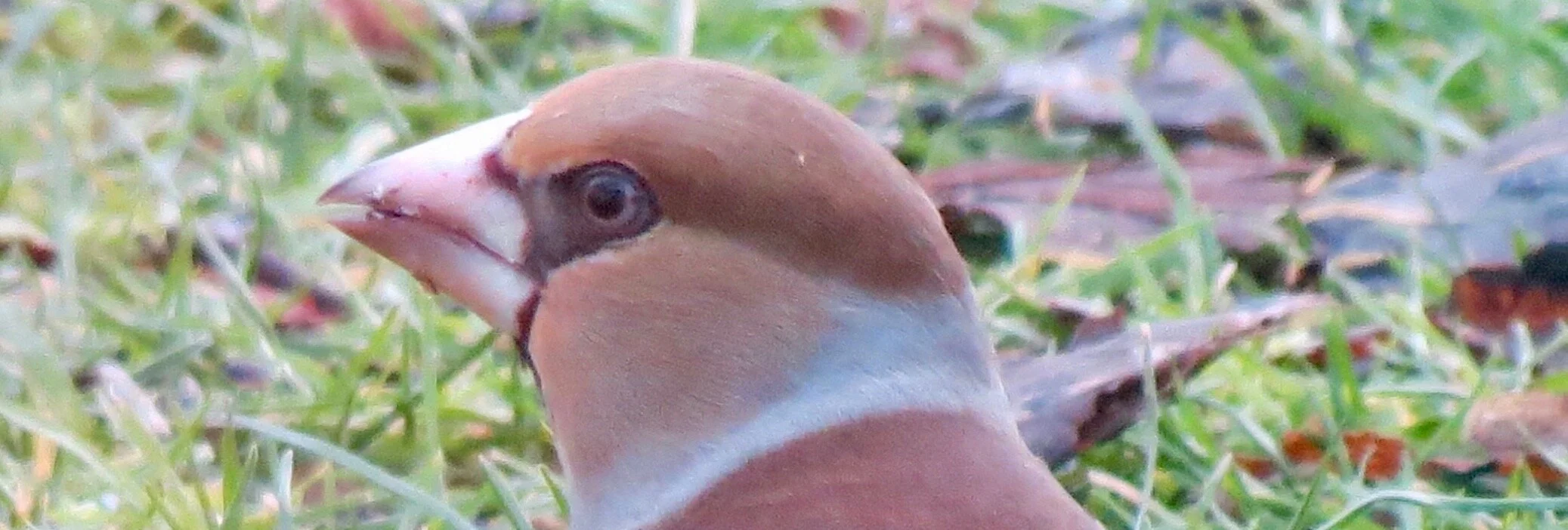
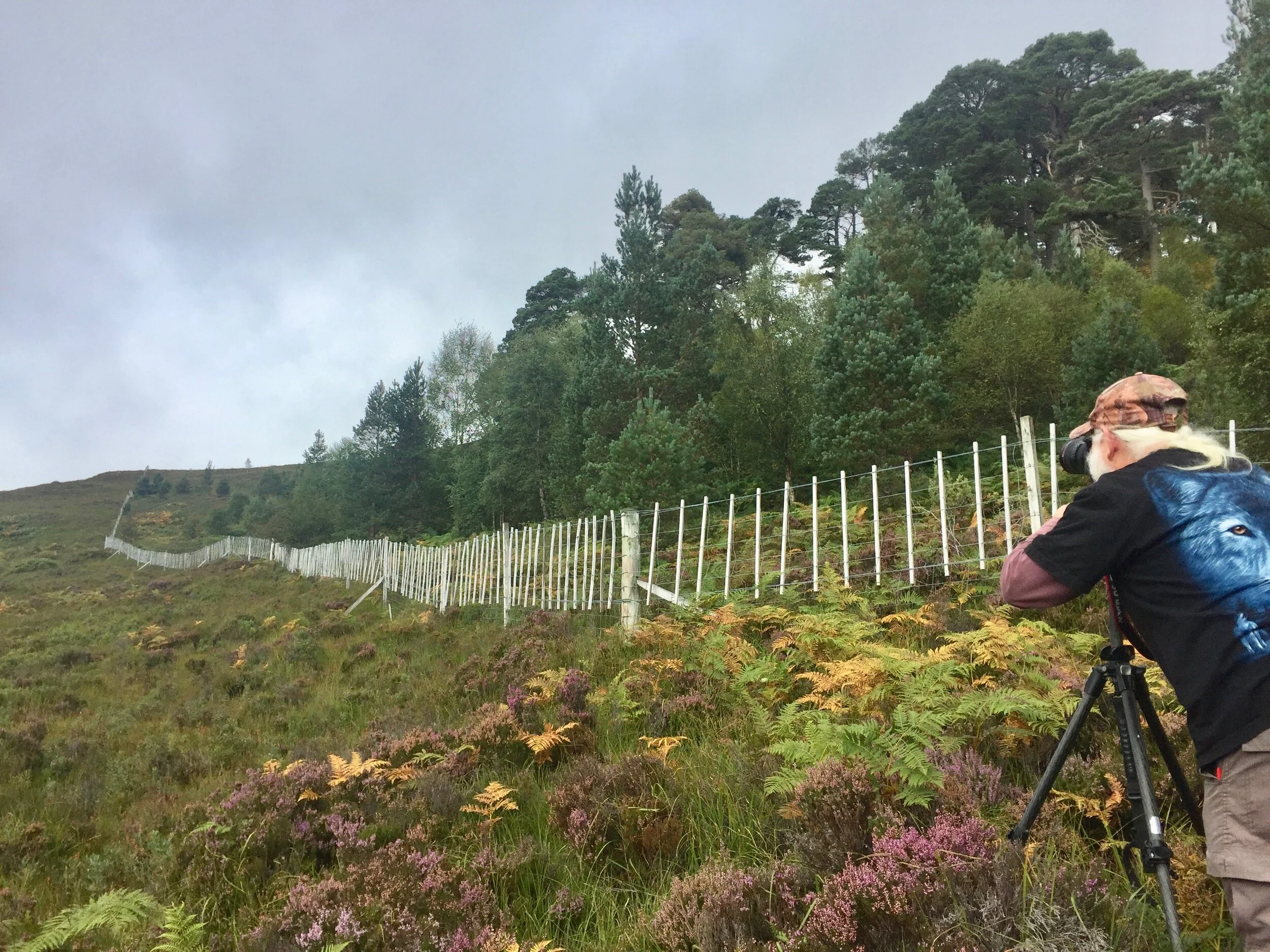
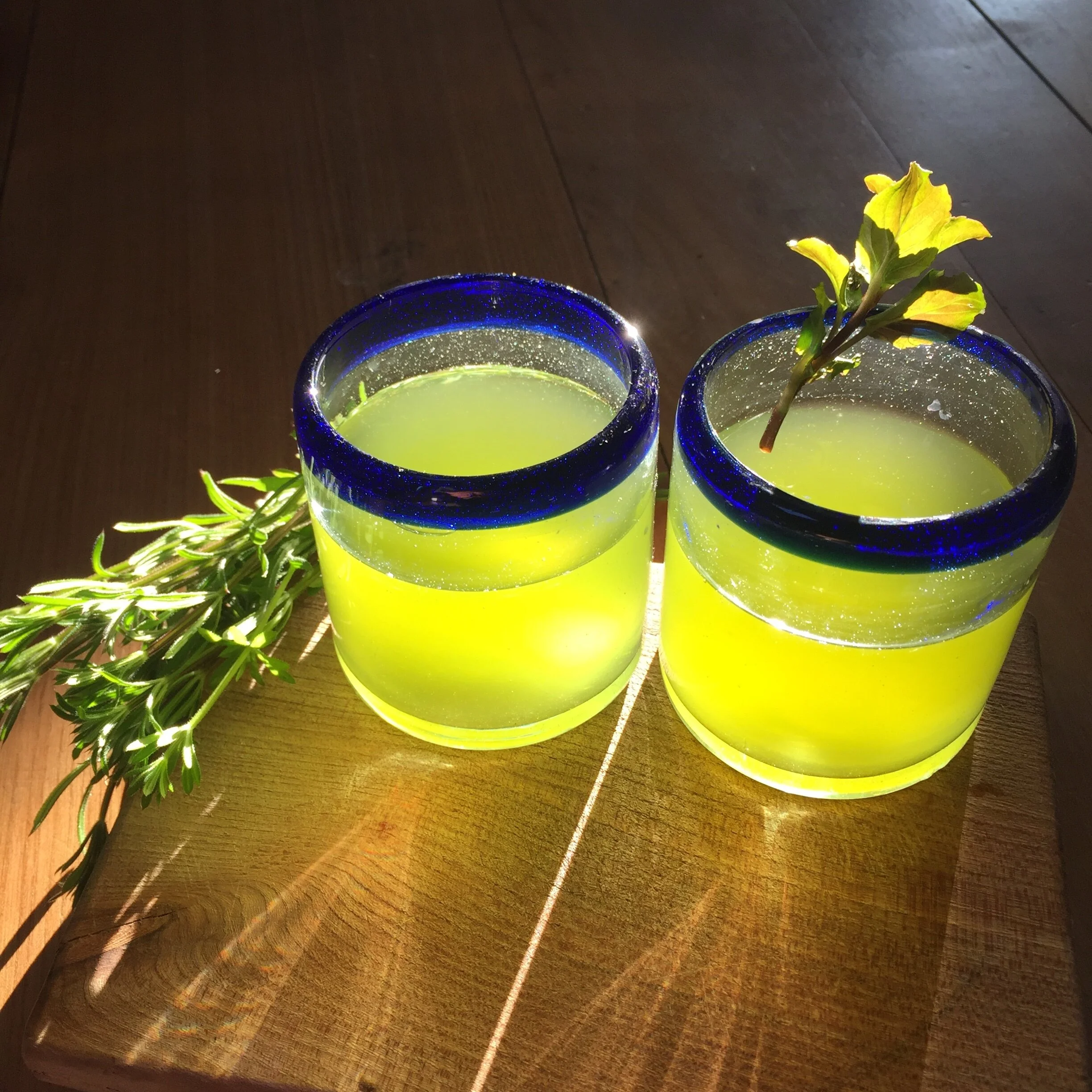

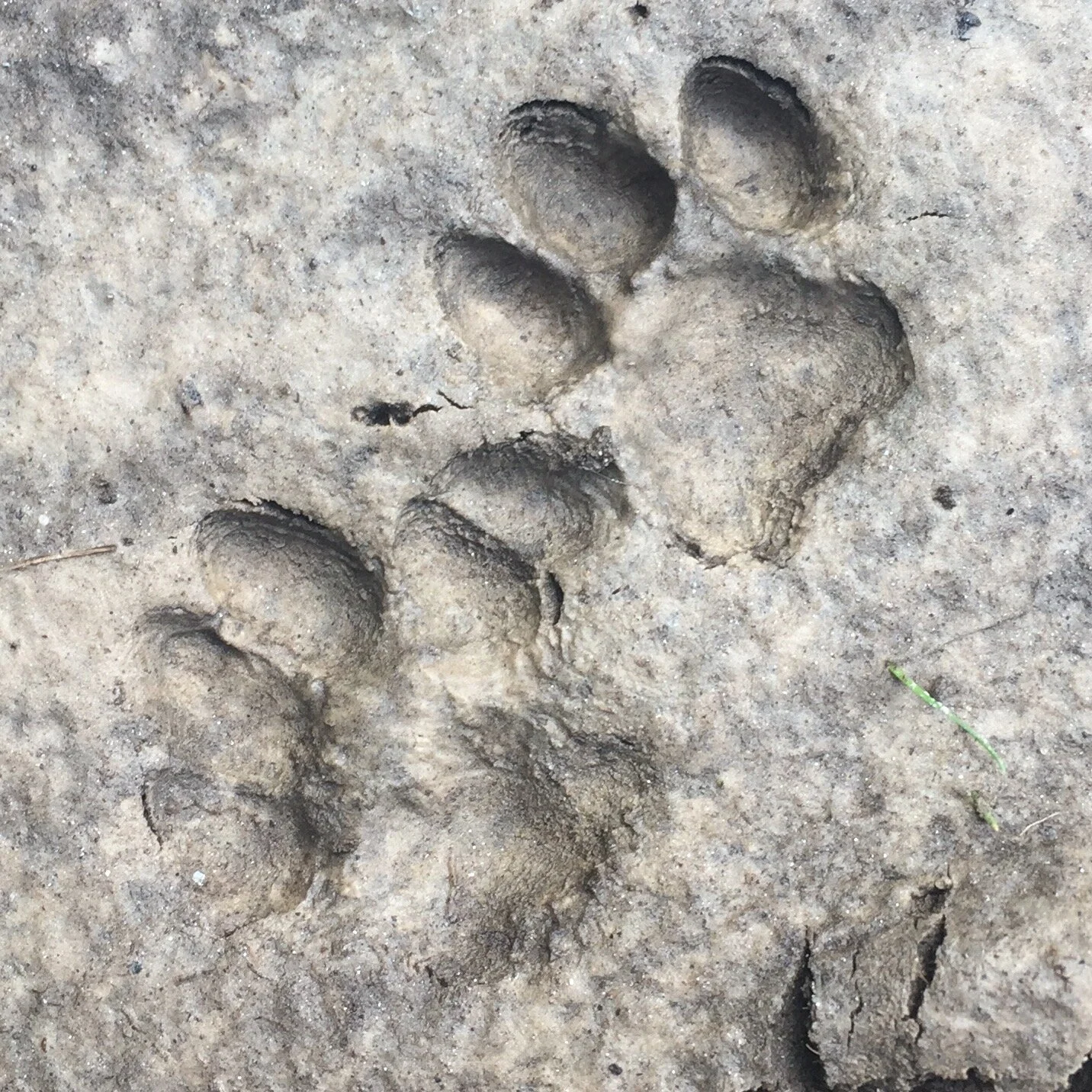


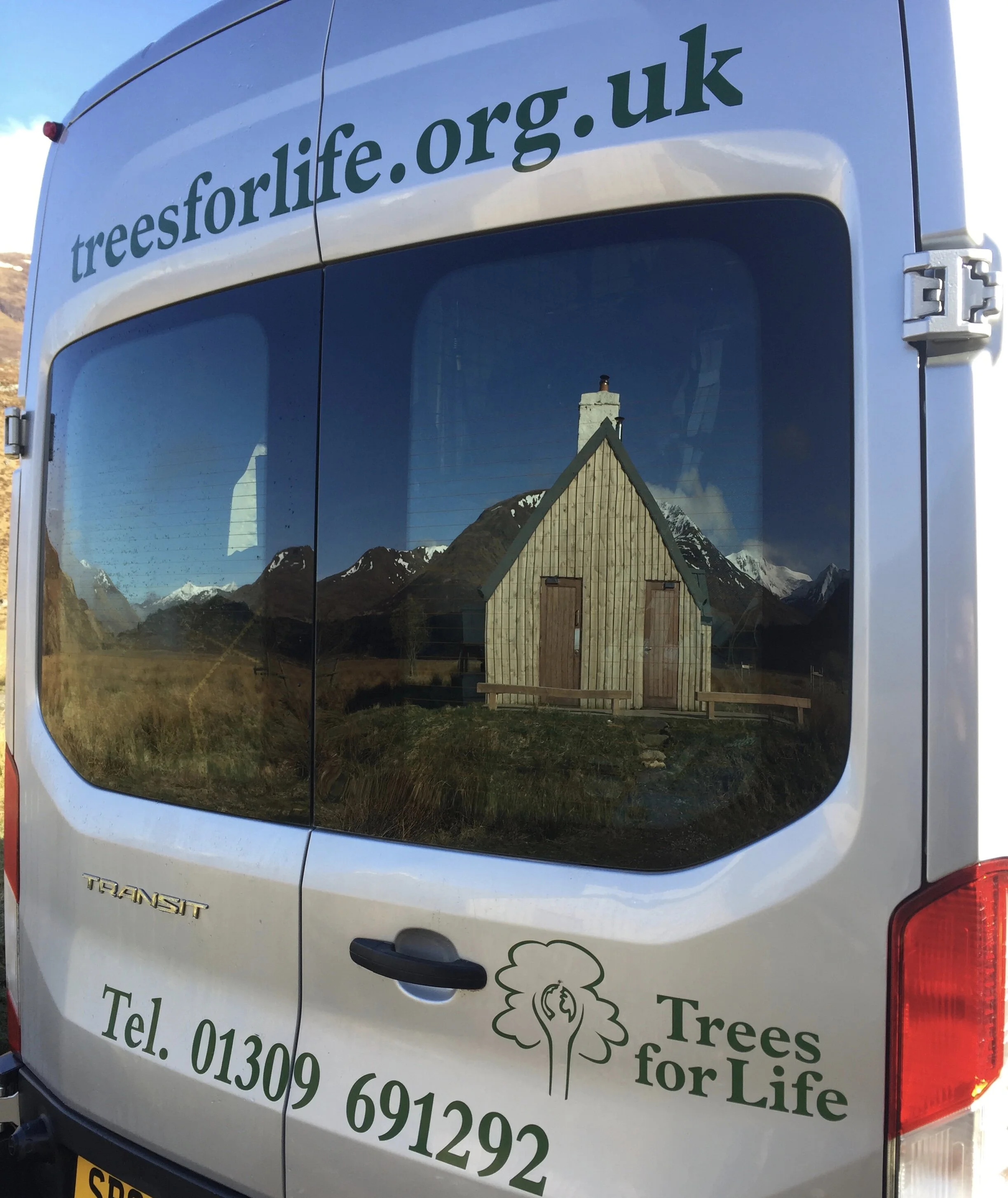









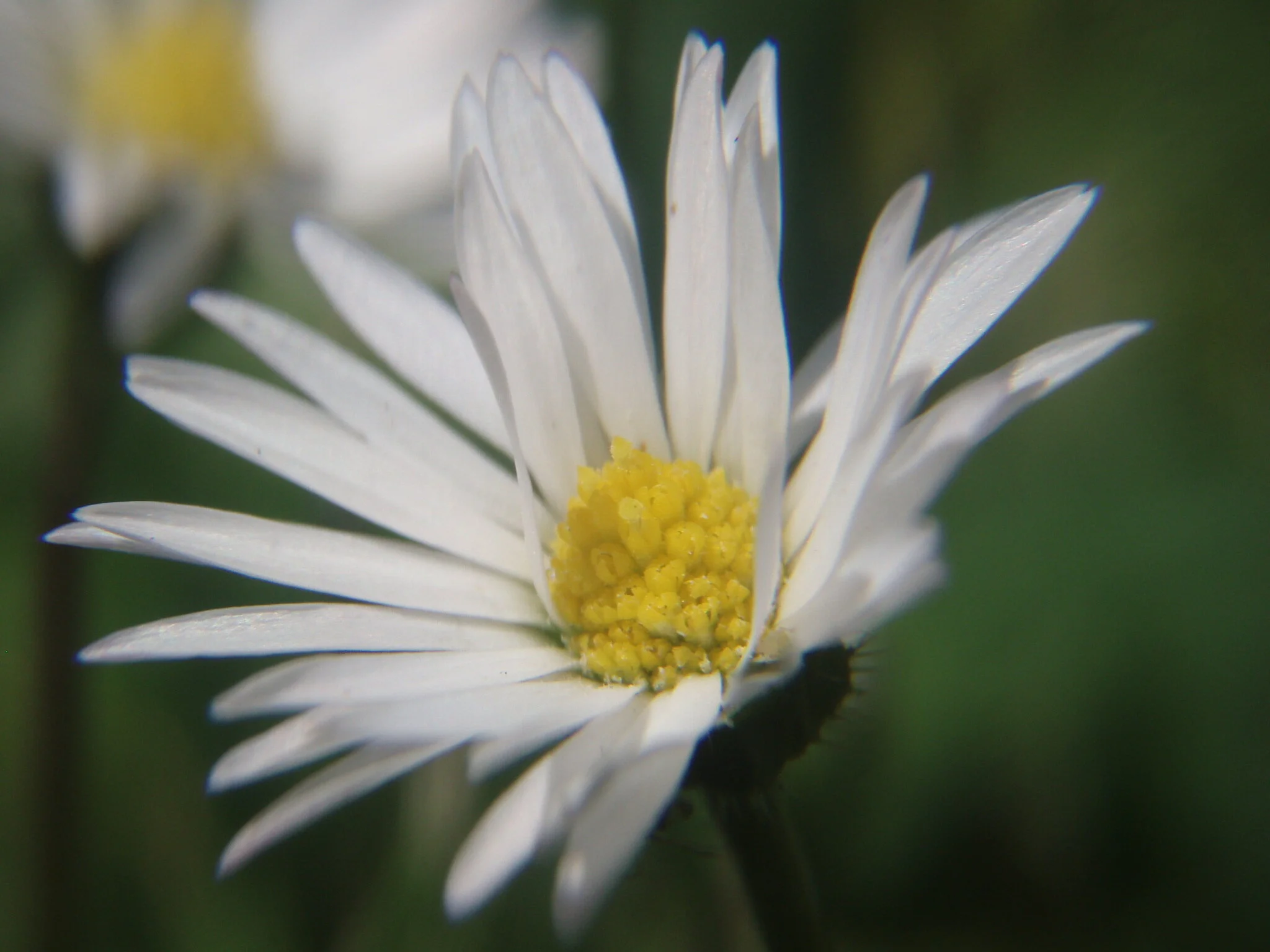

I got a text from a friend the other day telling me there was a dead shark on the beach. I’m nuts about sharks. Since I was a young boy they’ve been a part of my ever-growing menagerie of more or less benign obsessions, a large proportion of which are wildlife-related …